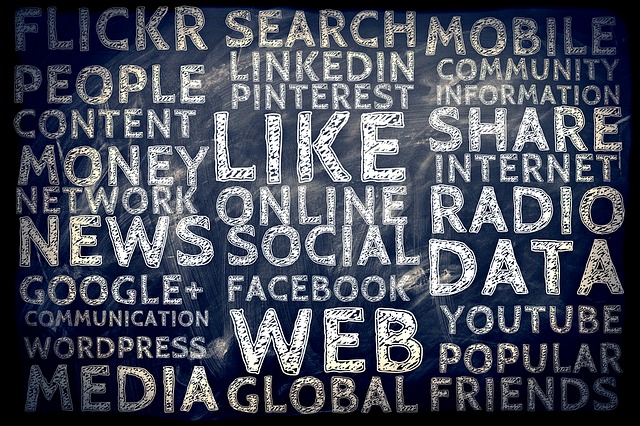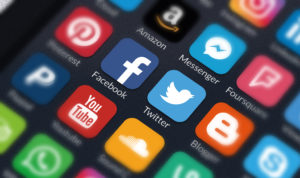Addiction defined is the fact or condition of being addicted to a particular substance, thing, or activity.
In a recent article in the Boston Herald stating, “What began as a method of emergency contact has evolved into a 24/7 distraction, spurring what many would classify as a digital addiction for adults and teens alike,” underscores the need for parents, educators and entire communities to understand the implications for this and future generations. (“Teenagers, adults dangerously addicted to cellphones, says study,”by Lindsay Kalter, Monday, May 7. 2018)
Digital addiction begins in early childhood years when parents first put devices in kid’s hands to soothe or distract them. Small children are known to throw tantrums or become depressed and anxious when devices are withheld. We now know that what begins as an addiction early in life, can manifest itself into uncontrollable anger, anxiety, eating disorders and even suicide for teens, failing grades, shorter attention spans, distracted driving, conversations with complete strangers, likes for photos from thousands of people we don’t know, sleep loss, and deficient brain development.
A former Facebook VP, Chamath Palihapitiya, has said publicly that social media is destroying society with ‘dopamine-driven feedback loops.’ He feels guilt over his role in promoting social networking in a way that it has eroded “the core foundations of how people behave by and between each other.” He admits he and others knew something bad could happen with the development of the FB platform. He also admits that he seldom uses social networks and does not allow his children to use them at all.
Questions parents and teachers should be asking: How does social networking impact the students in your school or at home? What, if any, steps have been taken to decrease the amount of time students are on their cell phones during school hours or at home?







